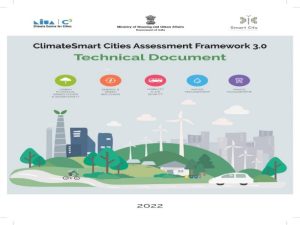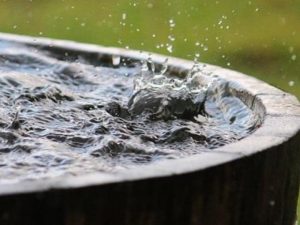 Photo courtesy: Getty Images
Photo courtesy: Getty Images
We have not understood the science and art of harvesting rain on land. It’s time we learn from the wisdom that we have ignored and allowed to die
You know you are old when you realise that today’s conversation is a repeat of the past. That’s how I feel when I hear the current chatter about the potential of rainwater harvesting to fix the problem of water scarcity in our cities and villages.
For years now, we have known the importance of harvesting rain from rooftops and hill catchments and holding it in underground reservoirs, aquifers, lakes and ponds. Then why have we not made this technology work? Why have we failed to use this knowledge? This is what we must ask.
Let me tell you how I learnt about rainwater harvesting. It was back in the 1990s when Anil Agarwal, then director of the Centre for Science and Environment, was at the wheels of his new Maruti 800 — red in colour.
We were on our way to see grazing land regeneration in Bikaner. Suddenly there was something different on the ground. Anil stopped. He wanted to know what he was seeing.
It was in the shape of a flying saucer or an upside-down cup on a paved ground. We got off the car, walked over to the settlement and asked, “What is this?” As is often the case in India, such stupid questions from city people get very patient replies.
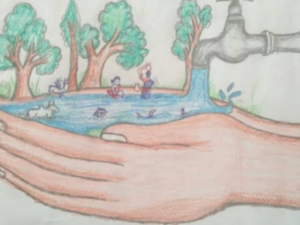 Photo courtesy: AKHILESH YADAV
Photo courtesy: AKHILESH YADAV
“It is our water system, our kundi.” It made no sense. They explained. “See, we pave the ground with lime and make it drain to the middle. Then when it rains, even a little, all the water is harvested and channelised into the well, which is covered so that there is no contamination.” This small explanation changed our world. Changed it literally.
Anil calculated that the structure had huge potential. One hectare of land with just 100 millimetre (mm) of rain — that’s what deserts get on an average — is capable of harvesting 1 million litres of water. Not small.
A family of five would not need more than 10-15 litres a day for drinking and cooking. This comes to 4,000-5,000 litres in a year. This means one hectare can harvest enough water to meet the needs of 200-300 families.
Later, a few more experiences shaped my understanding of not just the potential of rainwater harvesting but its connection with all of us. We were in Cherrapunji, the wettest place on Earth or at least that’s what I was taught in school. There in a small government guest house I saw a big sign — water is precious, please use it carefully. Amazing.
A place with 14,000 mm of rain, enough to fill a high ceiling stadium, faces shortage of water! Anil and I had just returned from Jaisalmer — a city that had built a flourishing civilisation and a stunning fort of yellow sandstone despite receiving only 50-100 mm of rain. The answer we found was in the way the city had planned its rainwater harvesting, from rooftops to tanks—all to build a water-secure future.
Anil was so fascinated by this learning that he spent the next few years of his life teaching Indians the value of the raindrop. We have put this learning together in our 1997 book, Dying Wisdom: rise, fall and potential of India’s traditional water harvesting systems, which explains the sheer intricacy, innovation and ingenuity of the knowledge.
Every region of the country had its own unique method of harvesting rain, storing it and then using it. Every system had been adapted, in fact, evolved, to meet the special ecological needs, yet each system was an engineering marvel, designed to make the best of the region’s rain endowment.
Why then did the wisdom die?
First, the State took control from the local community or the households as the provider or supplier of water. This meant that harvesting rain was no longer a priority. Second, local groundwater, which was recharged using rainwater, was replaced by surface water, brought often from long distances in canals.
This is why rainwater harvesting has remained an idea whose time has still not come. The State cannot harvest rain; people have to be involved. It has to be done in every house; every colony; every village; and for every catchment.
The incentive to do this only comes when we are dependent on groundwater for our needs. If cities and even villages get piped water, from distant sources, who will harvest rain and why?
The other problem is we have not understood the science and art of harvesting rain on land. So, the catchments — land where the rain falls — have been encroached upon or distributed in the name of land-reform.
The drains that channelised rain to underground storage have been built upon or destroyed. Then how will we harvest the raindrop? We can’t and we won’t. This is why the cycle of drought and flood will continue and get exacerbated. So let’s really learn from the wisdom that we have ignored and allowed to die.
Neerain is proud to republish this article for spreading awareness about situation of water, for our stakeholders. Credit whatsoever goes to the Author
This article is published by: –
https://www.downtoearth.org.in/blog/water/catch-where-it-falls-tradition-for-water-revolution-65557
We would like to spread this for the benefit of fellow Indians.
Author: Rashmi Verma
Publish On: Wednesday 10 July 2019

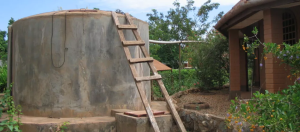 Photo courtesy: Muench/Sustainable Sanitation Alliance (SuSanA) Secretariat
Photo courtesy: Muench/Sustainable Sanitation Alliance (SuSanA) Secretariat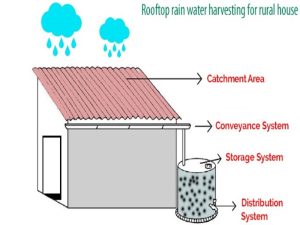 Photo courtesy:Akruti Enviro Solutions Pvt.Ltd.
Photo courtesy:Akruti Enviro Solutions Pvt.Ltd.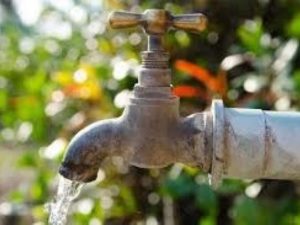 Photo courtesy: Adobe stock
Photo courtesy: Adobe stock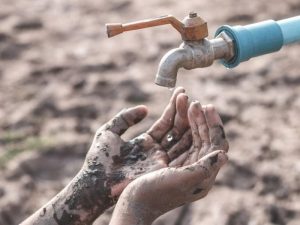 Photo courtesy: Shutterstock
Photo courtesy: Shutterstock Photo: iStock
Photo: iStock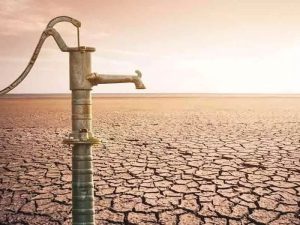 Photo credit: istock
Photo credit: istock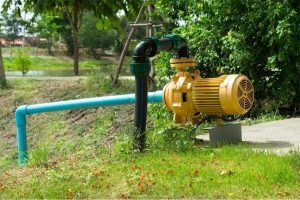 Depletion of groundwater
Depletion of groundwater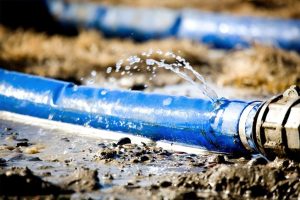 Uneven distribution
Uneven distribution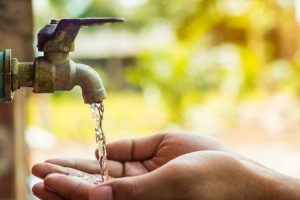 Contamination and pollution
Contamination and pollution Rainwater harvesting also helps in reducing India’s dependence on groundwater and private sources like tankers.
Rainwater harvesting also helps in reducing India’s dependence on groundwater and private sources like tankers.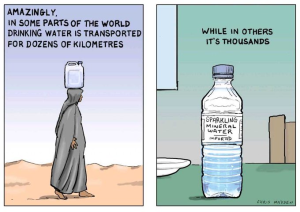 Photo courtesy: Chris Madden
Photo courtesy: Chris Madden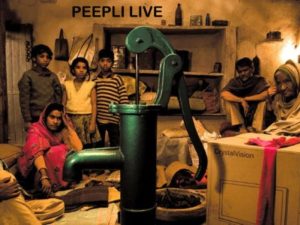

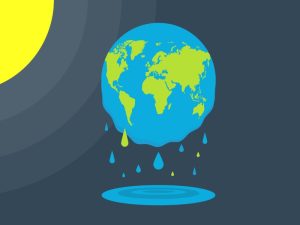 Photo Courtesy: Shutterstock
Photo Courtesy: Shutterstock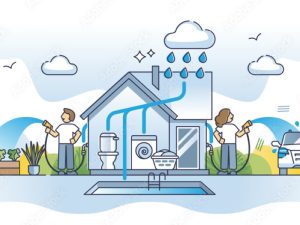
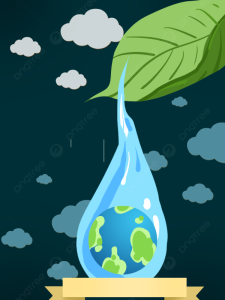
 The land around Delhi’s Indira Gandhi International Airport has sunk dramatically over the years. Photo Courtesy: Rehman Abubakr
The land around Delhi’s Indira Gandhi International Airport has sunk dramatically over the years. Photo Courtesy: Rehman Abubakr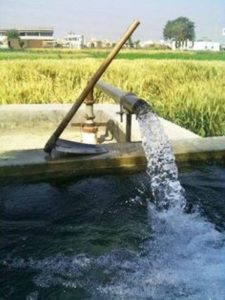 Photo Courtesy: Pinterest
Photo Courtesy: Pinterest Photo Courtesy: Adobe Stock
Photo Courtesy: Adobe Stock વરસાદી પાણીને વોટર હાર્વેસ્ટિંગ માટે સાફ કરવા ડિવાઈસ બનાવનાર અમિત દોશી.
વરસાદી પાણીને વોટર હાર્વેસ્ટિંગ માટે સાફ કરવા ડિવાઈસ બનાવનાર અમિત દોશી.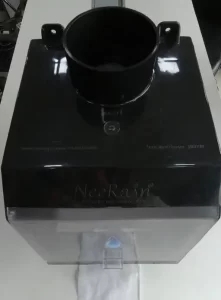 અમિત દોશીએ ડિઝાઈન કરીને બનાવેલું ડિવાઈસ
અમિત દોશીએ ડિઝાઈન કરીને બનાવેલું ડિવાઈસ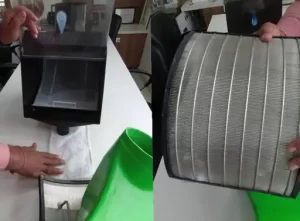 આ ડિવાઈસમાં લાગેલા ફિલ્ટરને કોઈ પણ વ્યક્તિ આસાનીથી ખોલીને સાફ કરી શકે છે.
આ ડિવાઈસમાં લાગેલા ફિલ્ટરને કોઈ પણ વ્યક્તિ આસાનીથી ખોલીને સાફ કરી શકે છે.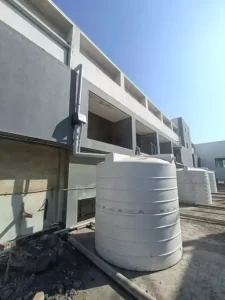 અમિત દોશીએ બનાવેલી પ્રોડક્ટથી વરસાદી પાણીને સાફ કરીને તેનો ટાંકીમાં પણ સંગ્રહ કરી શકાય છે.
અમિત દોશીએ બનાવેલી પ્રોડક્ટથી વરસાદી પાણીને સાફ કરીને તેનો ટાંકીમાં પણ સંગ્રહ કરી શકાય છે.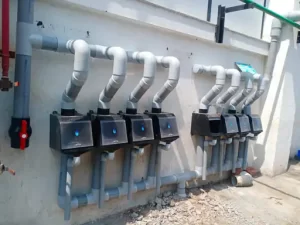 છેલ્લાં ચાર વર્ષમાં ઘણાં રહેણાક મકાનો અને સંસ્થાઓની ઈમારતોમાં જળ સંચય માટે આ પદ્ધતિ અપનાવવામાં આવી છે.
છેલ્લાં ચાર વર્ષમાં ઘણાં રહેણાક મકાનો અને સંસ્થાઓની ઈમારતોમાં જળ સંચય માટે આ પદ્ધતિ અપનાવવામાં આવી છે.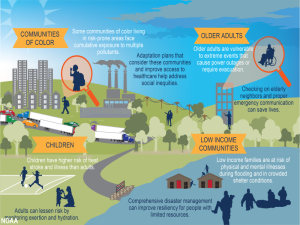 Photo courtesy: National Oceanic and Atmospheric Administration
Photo courtesy: National Oceanic and Atmospheric Administration